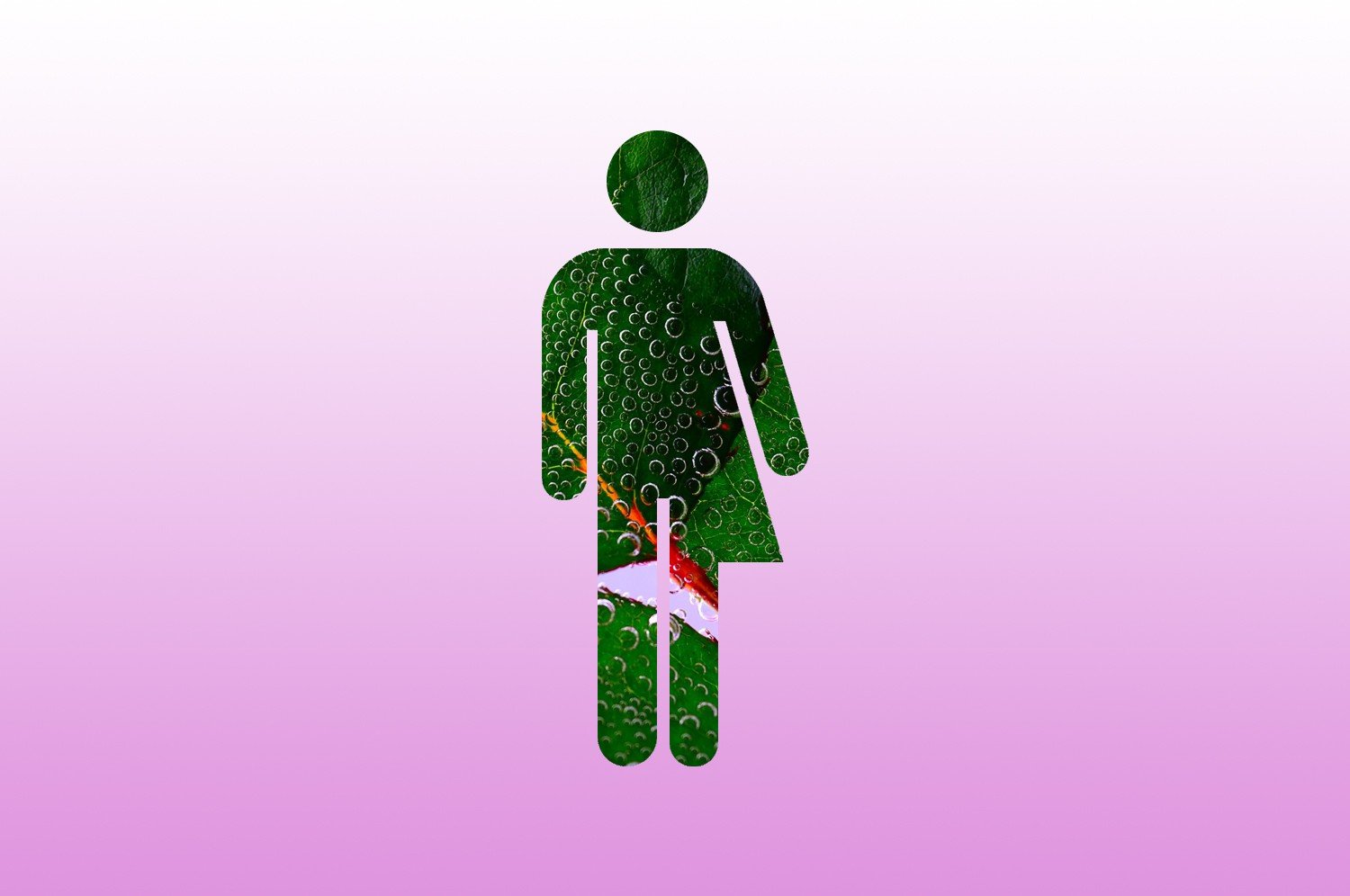Why We Need to Teach the World About Transgender
There’s a lot of conversation lately about gender identity and transgender people. Laverne Cox, Janet Mock, and the Wachowski sisters (the filmmakers behind The Matrix and Sense8) have all shared their stories of being transgender with the world, and have large followings of adoring fans. Even National Geographic featured the gender revolution as their January 2017 cover story. But transgender people aren’t new-- they’ve always been a part of our families, schools, and communities. What is new, however, is the media attention. It’s suddenly much more common to hear about the lives of transgender people. With this attention comes both new understanding, and sometimes backlash against transgender people and their loved ones. In some places, misinformation and harsh words and actions have become all too common. Though transgender people are part of the fabric of our society, stigma and discrimination can make it extraordinarily difficult for them to make their way in the world, and for everyone to learn accurate information about their lives. Transgender women of color and young people are particularly at risk. So, it’s important for everyone to be educated on this subject.Fortunately, knowledge is power. Learning about the ways in which we are common and different can help us all be more effective and confident when faced with bias or ignorance, and when extending a welcoming hand of friendship and support. It’s also enriching and fun-- it expands our world and helps us better understand the beautiful, complex, and diverse aspects of being human. Finding accurate information is now easier than ever. My colleague and co-author Eli Green and I have centered our careers on helping create the world we wish to see: one in which all people-- of any sex, gender identity, gender expression or sexual orientation-- are safe, respected, and affirmed. Because we know education is a powerful tool for reducing prejudice and furthering mutual understanding, we wrote the book The Teaching Transgender Toolkit. We saw that there was a lack of tools for people who wanted to build bridges of inclusion, understanding, and respect. Our book is for anyone who wants to lead professional development or community-based training about transgender people and themes. It includes a detailed collection of the best practices, lesson plans and resources, foundational knowledge about transgender people’s identities and experiences, guidance on how to plan teaching about transgender-related topics, and resources to build further knowledge. It also focuses attention on intersectional approaches and marginalized identities, which is critical to these and all discussions.Inclusion and diversity, education for personal growth, and nurturing compassion all interweave with this topic. Building knowledge about transgender people, reducing anti-transgender prejudice, developing bystander and ally skills, and building communities that are affirming and supportive of transgender people are all vitally needed in today’s world. And in doing these things, everyone benefits. By learning more (and by speaking out and stepping up if you’re already a pro on this subject) you’ll signal your support and empathy for others. Transgender people, and those who have transgender family members or friends, may feel more comfortable being their authentic selves and will interact with you without fear or distrust. You’ll be more confident in modeling for others-- coworkers, members of your family, and community members alike-- the importance of extending dignity and respect to all. If you parent, work with, volunteer with, or mentor youth, you’ll be preparing them to interact and succeed in an increasingly diverse community, and an inclusive and productive workforce and global society. You’ll play a crucial part in building a healthier and safer local community-- from which everyone benefits!But where to begin? Here are some important, but easy, matters to start with:Transgender terms and definitions;How to act if someone shares with you that they are transgender;Ways to support a friend, family member or co-worker who is transgender;When and how to intervene if you see bias or harassment of any type happening to someone.After a period of significant advances in recognizing and protecting the rights of transgender Americans, many now watch with fear and shock as affirming laws, policies, and everyday practices at local, state, and federal levels are threatened and rescinded, and instances of incivility are on the rise. Entire states could roll back or prohibit non-discrimination laws that allow people to safely go to school, work, raise families, worship, and/or participate in and contribute to their communities without the threat of harm. Further understanding of transgender people is critically important not just for them, but for everyone. Education and empathy are the first steps toward making a difference and building a more inclusive world in which everyone is treated with dignity and respect. I hope our work inspires and equips others to make such a difference. I welcome you to consider, and then put into action, ideas, suggestions, and strategies for ways we can all play a part. Please visit teachingtransgender.org for more information and to find free resources including a terminology sheet, sample lessons, talking points, helpful blog posts, and more.Luca Maurer is the director of the Center for LGBT Education, Outreach, & Services at Ithaca College. Luca is co-author of The Teaching Transgender Toolkit: A Facilitator’s Guide to Increasing Knowledge, Decreasing Prejudice & Building Skills, a comprehensive guide that provides information, practical guidance, best practices, and lesson plans for teaching about transgender people and themes.
